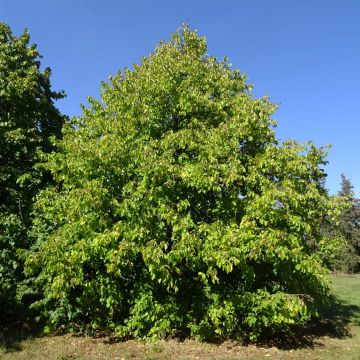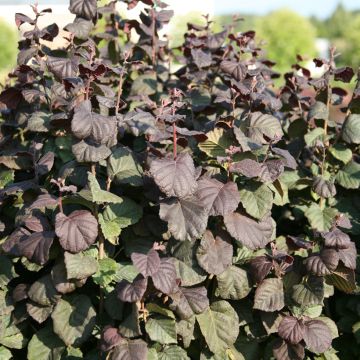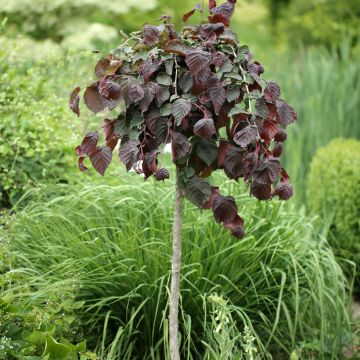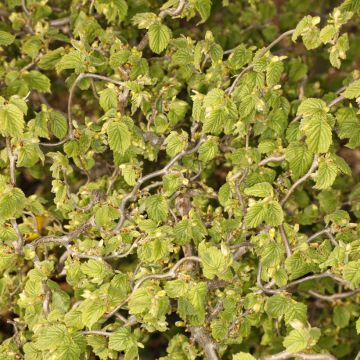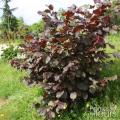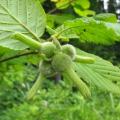Botanical hazels
Does this plant fit my garden? Set up your Plantfit profile →
Available in 4 sizes
Available in 1 sizes
Available in 1 sizes
Available in 1 sizes
Available in 1 sizes
Available in 1 sizes
Available in 1 sizes
Available in 1 sizes
Available in 1 sizes
Available in 1 sizes
The authentic charm of Botanical Hazels. Find in these pages wild species such as the common hazel Corylus avellana that will delight nature enthusiasts. These hazelnuts are characterised by their robustness and natural grace, the simplicity of wild plants, and their ecological value for the garden. Corylus avellana, the common hazel of Europe, is a generous deciduous bush whose hazelnuts are enjoyed in September. Corylus colurna, the Byzantine hazel, is a true small tree with decorative bark that also bears fruit. Little known Corylus maxima 'Purpurea' or purple Lambert hazel is interesting for its colourful leaves and fruits. Let's nor forget Corylus americana, a robust species native to North America, which can be used as a hedge and produces sweet hazelnuts.
Adapted to various climates and soils depending on their origin, wild hazelnuts generally require little maintenance.
Haven't found what you were looking for?

































